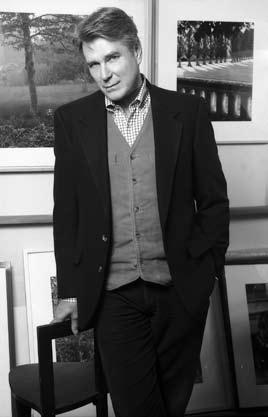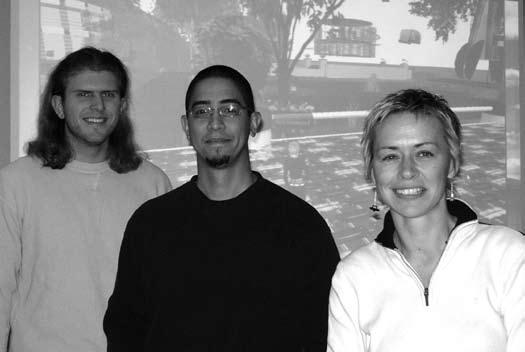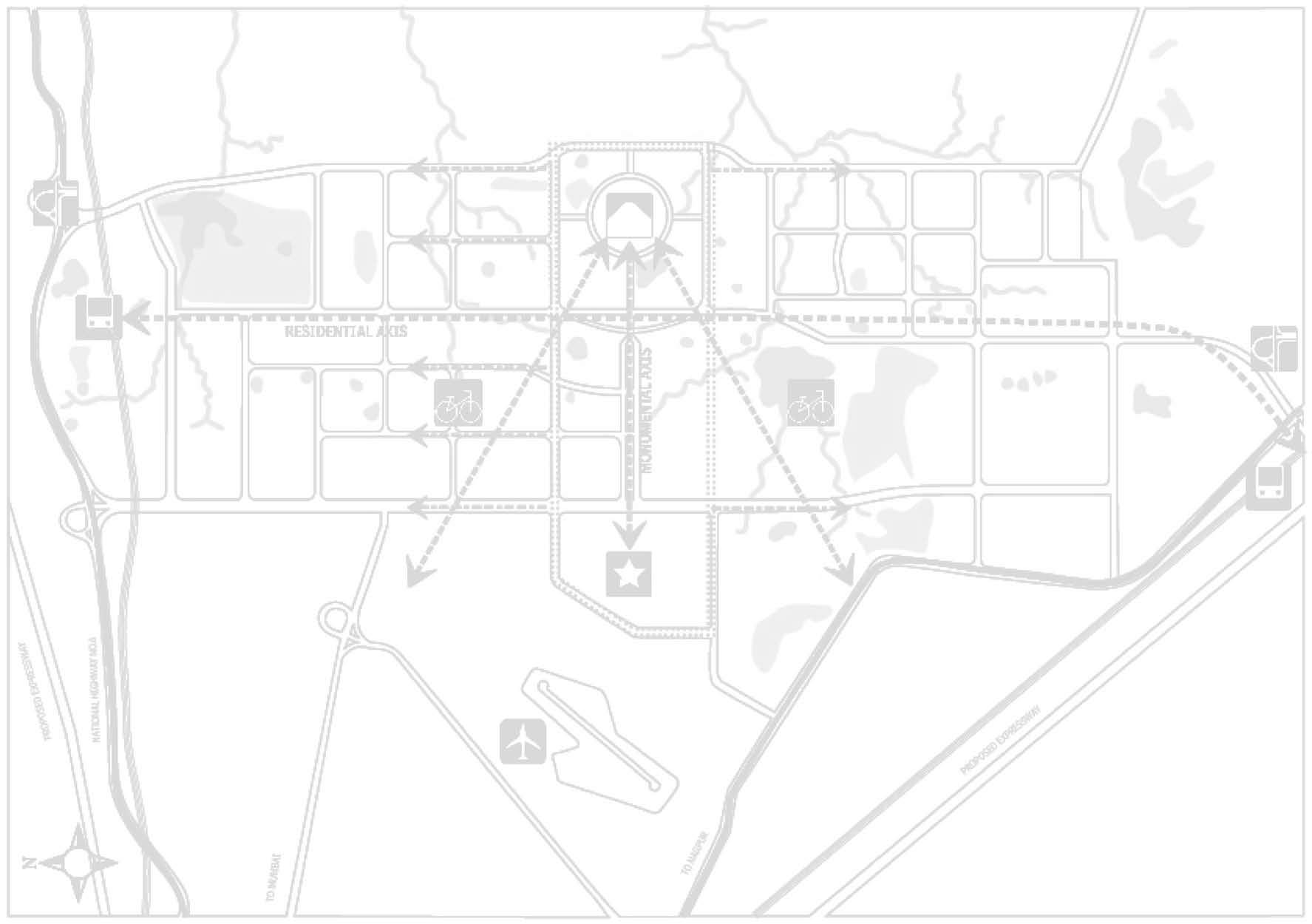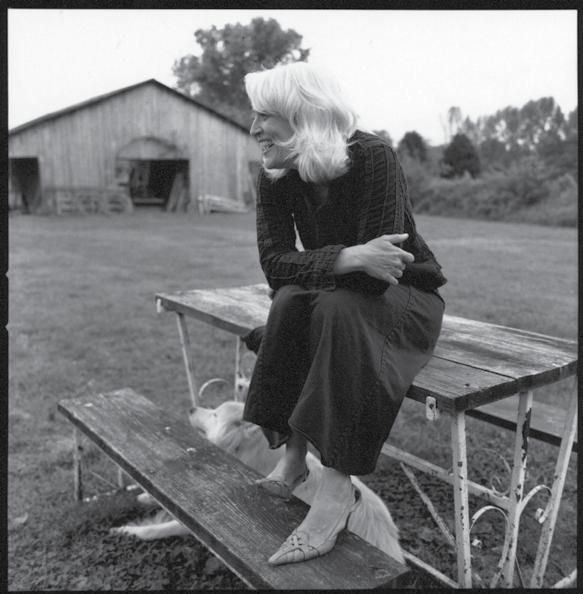C o mm e nc e m e n t Commencement Address by Gianfranco Zaccai NC State University College of Design, December 19, 2007 Zaccai was the recipient of an Honorary Doctorate at the University Commencement Ceremony. He is co-founder, president and CEO of Continuum, with offices in Boston, Milan, and Seoul.
G
raduating Class of 2007, faculty, parents, family members, guests, and students of the North Carolina State University College of Design; it is an honor and a pleasure to speak to you today. A few years ago I had the pleasure to work with the Indian designer Ranjit Makkuni to develop an interactive exhibit on Mahatma Gandhi, the father of Indian independence and the inspiration for such future leaders as Martin Luther King, Robert Kennedy, Nelson Mandela and Bishop Desmond Tutu. Gandhi wanted to unite the Indian people to end the British domination of India by first ending the British monopoly on cloth manufacturing. As a result, he suggested that if each Indian spun his or her own thread and wove his or her own cloth there would be no more need for imported cloth in India. Gandhi, in fact, is often pictured spinning a charka, the traditional Indian spinning wheel, while speaking (as made indelible in our consciousness by the famous picture by Margaret Burke White). What this act symbolized was more than thread spinning. The charka was symbolic of the power of an individual act leading to collective action.
26
DESIGN INFLUENCE / SPRING 2008
As a result, we decided to utilize the charka as an interface device in this exhibition. Two Charkas would be mounted on both sides of glass panels and an array of these would be in a room. Visitors could affect the images and sounds they would see and hear all around them by spinning each charka at various speeds and in different directions. The most interesting aspect of this interaction is that each charka communicates with all the others; thereby magnifying or canceling out the actions of each individual spinner. Our purpose was not only to create an interface between the visitor and the exhibition, but to provoke an interaction between and among people. In the exhibition, the charka is meant to be a vehicle by which each individual can sense their personal power to affect change and to demonstrate the power of collective action for both good and bad. Gandhi’s use of the charka represents, in the fullest sense, an act of design at the grandest scale. A designed act that comes from understanding …the deep understanding of human needs and aspirations, the understanding of economic forces, and the understanding of the importance of the artifact as both a tool and a symbol. Most of all, it represents the design of an emotional and spiritual connection that speaks a universal language across the world. I think that ultimately our mission as designers is to spin our own creative charkas, not only for our own benefit, but also for the common good of countless others.
It is seductive to think of ourselves as the next great “Rock Star” designer or artist (and I certainly hope that each of you will achieve both great wealth and international fame). But is this what the world really needs? And will this give you all the personal satisfaction you seek in your lives and when you look back at the end of your careers? In all probability most of you will live in the less rarefied atmosphere that most designers work in. In fact, many of you may not even work in traditional design roles. But all of you will be designing your lives and influencing the lives of countless others. In all cases your goal should be to be truly “Renaissance” men and women at a time when a new Renaissance in our country and the world is sorely needed. I would like to suggest that another, earlier “Renaissance Person,” Leonardo DaVinci, still serves as a model for us. I do not say this because the book The DaVinci Code was popular—in fact I am not a fan of the book at all—rather, I prefer to quote Michael Gelb. The author of a lesser known book DaVinci Decoded states that Leonardo DaVinci integrated in his life and his work essential guiding principles of the complete creative person. Although I may also question many of Gelb’s points, I believe that the following principles should be integrated into our daily lives and into our values as designers and as creative people of integrity: 1. Curiosità (Curiosity) – Seek the Truth – An unrelenting quest for continuous life-long learning. 2. Dimostrazione (Demonstration) – Show Responsibility – A commitment to test knowledge through experience, persistence and a willingness to learn from mistakes. 3. Sensazione (Sensation) – Sharpened Awareness – The continued refinement of the senses. Leonardo noted that “the five senses are the ministers of the soul.” 4. Sfumatura (Blurring) – Engaging the Shadows – The willingness to embrace ambiguity, paradox, and uncertainty. (continued)
Dean's Award Winner
“On occasion there are individuals who stand out among the graduating class for the extra life effort dedicated to accomplishing the goal of graduation. It is appropriate that we recognize this performance with the Dean’s award for outstanding College K.C. Kurtz accepts the “Wings on Wings” Citizenship and Academic Dean’s Award. Excellence. The painting of Natalia Goncherova depicting the good citizen angel Michael astride the Greek mythical creature Pegasus inspires this award known as Wings on Wings. This mixing of symbols reminds us that opportunity represented by Pegasus must be matched by the responsible behavior of Michael. It is my pleasure to present the Dean’s Award ‘Wings on Wings’ to K.C. Kurtz who is graduating with a Master of Architecture Degree. K.C. served as a graduate teaching assistant with Wendy Redfield, Dona Stankus, Randy Lanou and I add with pleasure, myself. He was a member of the first team of architecture students to work with Professor Georgia Bizios on the Lumbee Indian Affordable Housing project; and he was a member of the state and national sustainability design team from the School of Architecture that eventually won national recognition from the US Green Building Council. K.C. has represented the College of Design as a presenter at the NC State Sustainability Conference, the Central Carolina Community College Sustainability Fair, the Home Builders’ Association of Orange, Chatham and Durham County’s Green Home Tour, and on UNC Radio’s ‘The State of Things.’ He has also been interviewed for two articles in The News & Observer. While he has been active in many college programs he has also earned membership into the Tau Sigma Delta Honor Society. K.C. stands out by exhibiting his enthusiasm for design and for the college. Again, it is with great pleasure that I present K.C. with the Wings on Wings Dean’s Award.” —Dean J. Marvin Malecha COMMENCEMENT ADDRESS
27
















